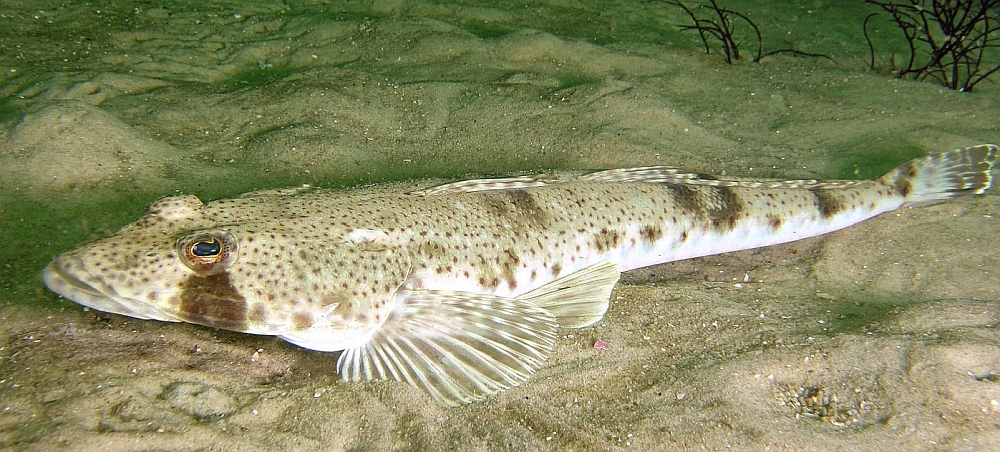
Valuable information to help support the rebuild of Sand flathead stocks has been revealed through surveys of 1,500 Tasmania’s recreational flathead fishers on their views on stock status and management.
“We found the majority of fishers believe Sand flathead stock is in a poor condition, especially in the south east, with most surveyed saying they were dissatisfied with both the abundance and size of Sand flathead,” lead fisheries scientist at the Institute for Marine and Antarctic Studies (IMAS), Professor Sean Tracey said.
The results support IMAS fishery independent survey findings, which have been conducted around Tasmania for several years and in the south east for a decade, which led to Tasmania’s Sand flathead stock being listed as ‘depleted’ in 2022, and again in 2023 (see IMAS 2023 assessment).
Prof Tracey said demographic factors such as age, gender, fishing frequency, experience and depth of understanding of Sand flathead stock influenced respondent views on stock health and support for management measures.
“There was also a notable misconception about the primary cause of stock depletion, with many fishers attributing it to commercial fishing rather than recreational fishing, despite most fishing mortality coming from recreational effort.
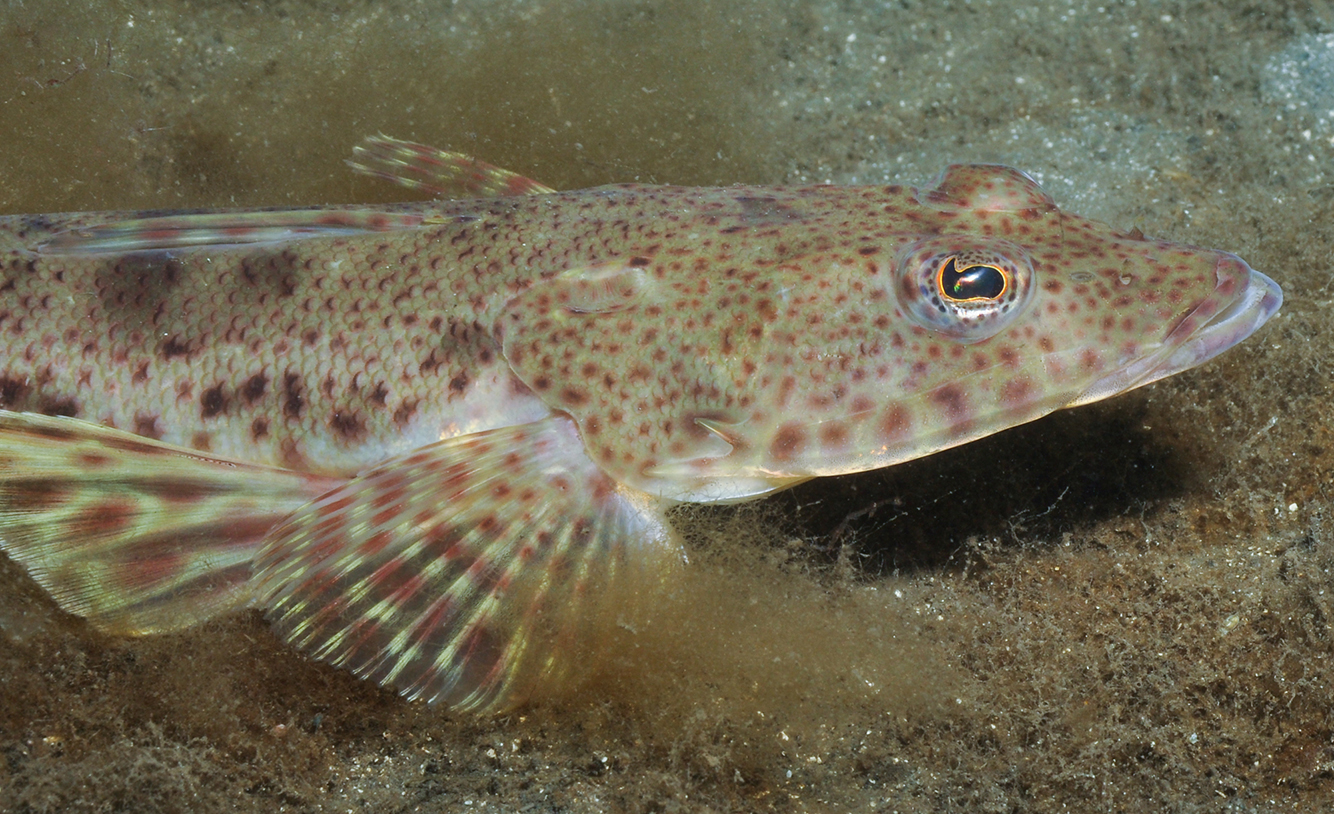 "This likely affected respondents’ views on the rule changes needed for stock recovery.”
"This likely affected respondents’ views on the rule changes needed for stock recovery.”
Prof Tracey also noted fishing preference played a significant role in views on management changes. Recreation-oriented fishers were more supportive of catch cuts and stock rebuilding, while those focused on ‘harvesting’ seafood were more resistant to management changes.
Using these findings to inform flathead recovery
Both IMAS and the Department of Natural Resources and Environment Tasmania (NRE Tas) have been working on improving fisher and stakeholder knowledge of flathead stock status and buy-in of management measures necessary for fishery restoration.
The findings of this study inform this and help identify opportunities to support flathead recovery beyond management changes.
“We now better understand fisher expectations, values and motivations,” Prof Tracey said. “We’ve also increased our knowledge about their comprehension and acceptance of stock status, why the stock has declined, and management strategies for recovery.”
As part of the survey, fishers were asked about other species they catch and how they rated them for the catch and eating experience, to identify potential alternative target species to Sand flathead.
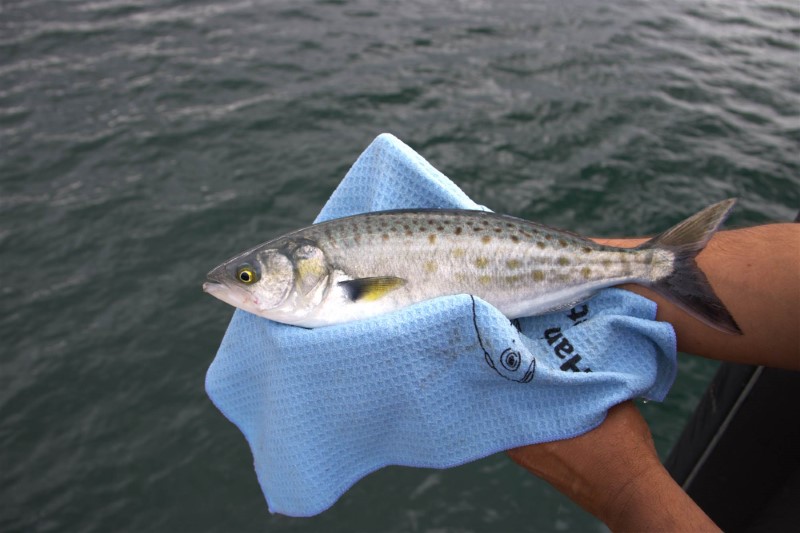 Australian salmon is a sustainable alternative species to flathead (Photo: NRE Tas) Australian salmon is a sustainable alternative species to flathead (Photo: NRE Tas) | 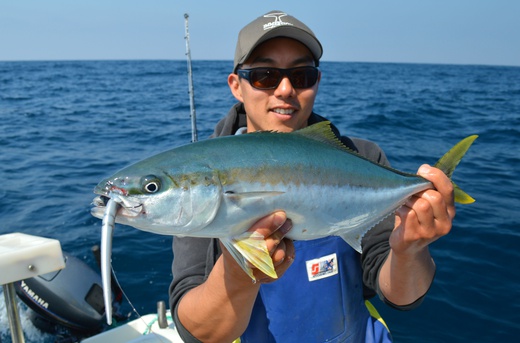 Yellowtail kingfish, a climate-warming species, is a good alternative to flathead (Photo: Jonah Yick) Yellowtail kingfish, a climate-warming species, is a good alternative to flathead (Photo: Jonah Yick) |
|---|
“Our findings allow us to identify the species most people will likely switch to, or perhaps a fish they have caught for years but under-valued, so we can then design educational information for them to make the most of the new experience.”
Fishers were also asked for their opinion on the role of stewardship and responsible fishing behaviour. Most respondents agreed that responsible fishing behaviours could help further reduce fishing pressure on flathead and are willing to educate family, friends and other fishers on recreational fishing rules. This suggests the potential for social sanctioning and peer-to-peer education.
“This new information will be used for outreach and stewardship activities in the recreational fishing community by NRE Tas, IMAS and TARFish, as Sand flathead are Tasmania’s favourite fish, everyone needs to work together to ensure stock rebuilding is successful,” Prof Tracey said.
| 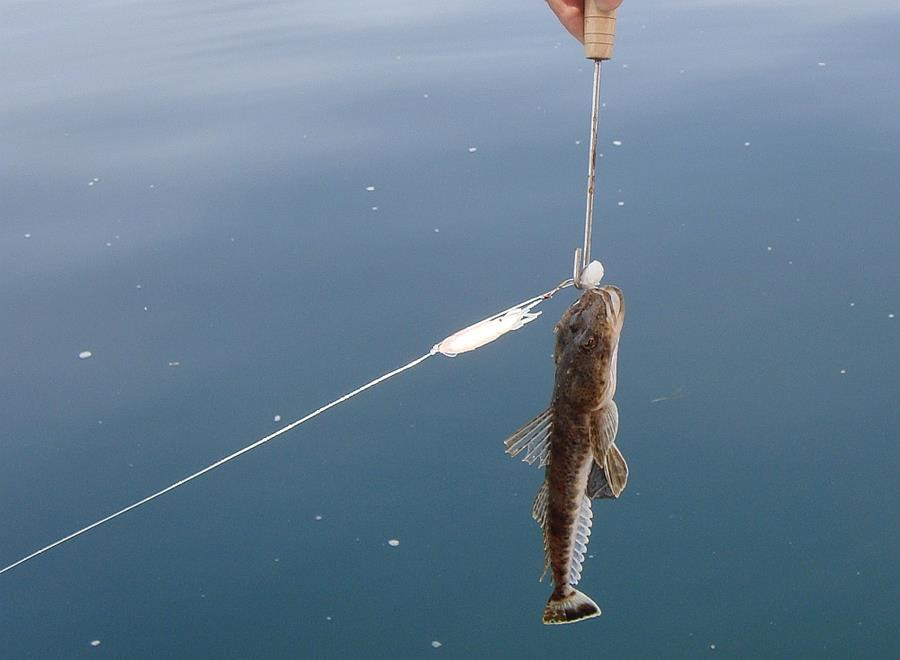 Or they can release flathead using a de-hooker to minimise handling and damage (Photo: NRE Tas) Or they can release flathead using a de-hooker to minimise handling and damage (Photo: NRE Tas) |
|---|
Take a closer look at the report findings in this brochure, or read the full report.
FLATHEAD FACTS:
NRE Tas provided project funding through the Sustainable Marine Research Collaboration Agreement between the Tasmanian Government and the University of Tasmania.
Images:
Published 28 March 2024